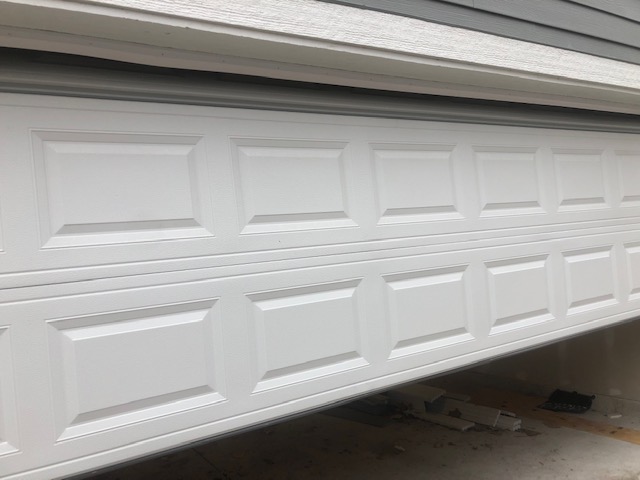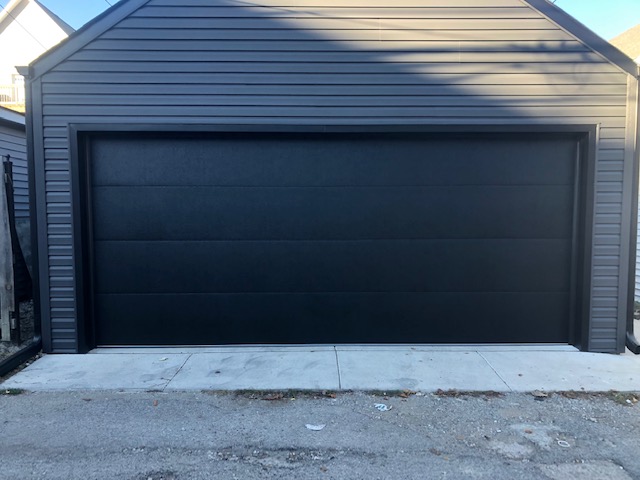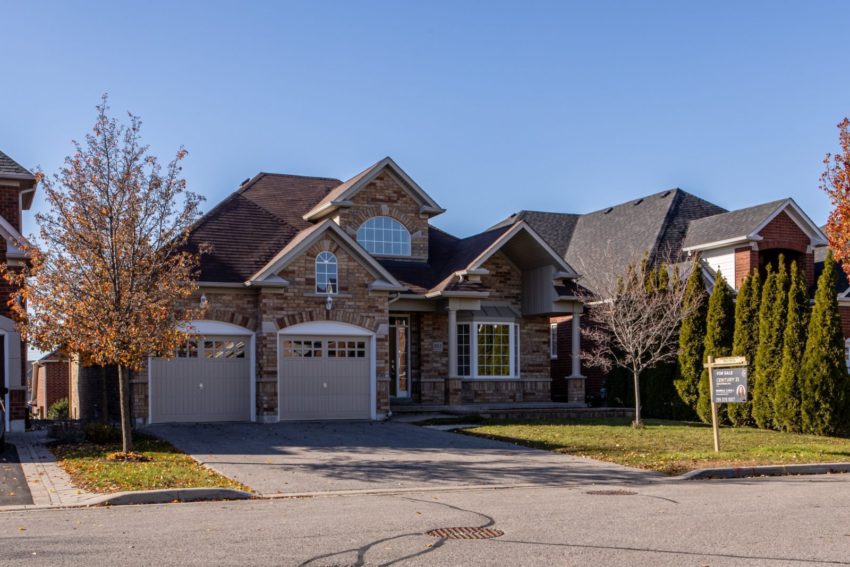
New Garage Door Replacement Near Me: All You Need to Know
Introduction: If you’re in need of a new garage door replacement, it’s important to gather all the necessary information to make an informed decision. This comprehensive guide will provide you with everything you need to know when considering a new garage door replacement near your location.
We’ll cover various aspects, including types of garage doors, cost considerations, size requirements, materials, color options, insulation choices, window options, opener options, and local replacement services.
1. Types of Garage Doors:
- Sectional Garage Doors:
- Sectional garage doors are the most common type and consist of horizontal panels that open vertically. They provide excellent insulation and come in a variety of materials and designs.
- Roller Garage Doors:
- Roller doors are made up of interlocking slats that roll up into a compact coil above the opening. They are ideal for garages with limited headroom and offer smooth and quiet operation.
- Up and Over Garage Doors:
- Up and over doors swing up and out from the opening, creating a canopy-like effect. They are available in both manual and automatic versions and provide a traditional look.
- Side-Hinged Garage Doors:
- Side-hinged doors operate similar to traditional entry doors, swinging open from the sides. They offer easy pedestrian access and can be customized to suit your preferences.
2. Cost Considerations:
- Price Range:
- The cost of a new garage door replacement can vary based on factors such as the type of door, material, size, design complexity, insulation, and additional features. It’s best to obtain quotes from local garage door companies for accurate pricing information.
- Return on Investment (ROI):
- While cost is an important factor, it’s essential to consider the long-term value and benefits that a high-quality garage door replacement can bring, including enhanced curb appeal, increased home value, improved energy efficiency, and better security.
3. Size Requirements:
- Standard Sizes:
- 2 car Garage doors come in standard sizes that fit most residential garages, typically ranging from 8 to 18 feet wide and 7 to 8 feet high. However, custom sizes can be accommodated to suit specific requirements.
- Professional Measurement:
- It’s crucial to have a professional garage door installer measure your existing garage opening to ensure the new door is properly sized and fits correctly.
4. Materials:
- Steel:
- Steel garage doors are durable, low-maintenance, and offer a wide range of design options. They can be painted to match your home’s exterior and provide excellent security and insulation.
- Aluminum:
- Aluminum doors are lightweight, corrosion-resistant, and offer a modern appearance. They are available in various colors and finishes but may not provide as much insulation as other materials.
- Wood:
- Wooden garage doors provide a classic and natural look. They can be customized with different stains or paints, but regular maintenance is required to prevent warping or rotting.
- Composite:
- Composite doors combine the benefits of different materials, such as the durability of steel and the appearance of wood. They offer low maintenance and good insulation properties.
5. Color Options:
- Customization:
- Garage doors come in a variety of color options, allowing you to choose a color that complements your home’s exterior. Many manufacturers offer custom color matching services as well.
- Visual Appeal:
- Consider the architectural style of your home and neighborhood aesthetics when selecting a color. A well-chosen color can enhance the overall look and curb appeal of your property.
6. Insulation Options:
- Single-Layer:
- Single-layer garage doors consist of a single sheet of material without any insulation. They offer minimal insulation properties but can be more affordable.
- Double-Layer:
- Double-layer doors feature a layer of insulation, usually made of polystyrene or polyurethane, sandwiched between two layers of material. They provide better insulation and increased energy efficiency.
- Triple-Layer:
- Triple-layer doors offer the highest level of insulation. They have an additional layer of insulation, providing excellent thermal efficiency and noise reduction.
7. Window Options:
- Design and Placement:
- Garage doors can be fitted with windows to enhance the overall aesthetic appeal and allow natural light into the garage. Various window designs and placement options are available to suit your preferences.
- Privacy and Security:
- Consider window placement and opacity based on your privacy and security requirements. Frosted or textured glass options can provide privacy while still allowing light to enter.
8. Opener Options:
- Types of Garage Door Openers:
- Garage door openers come in different types, including chain-drive, belt-drive, screw-drive, and direct-drive. Each type has its advantages in terms of noise level, smooth operation, and lifting capacity.
- Additional Features:
- Garage door openers may come with additional features such as smartphone compatibility, battery backup, remote operation, and Wi-Fi connectivity. Consider which features are important to you for convenience and security.
9. Local Replacement Services:
- Research Local Companies:
- Look for reputable and experienced local garage door replacement services near your location. Read reviews, check their certifications, and ask for recommendations from friends or neighbors.
- Professional Installation:
- Choosing a local replacement service ensures expert installation, proper alignment, and adherence to local building codes and regulations.
- Warranty and After-Sales Service:
- Inquire about the warranty provided by the replacement service and their after-sales support. A reliable company should offer a warranty on the door and provide ongoing maintenance services if required.
Conclusion:
When considering a new garage door replacement near you, it’s crucial to understand the various aspects involved, including types, cost considerations, size requirements, materials, colors, insulation options, window choices, opener options, and local replacement services. By gathering all the necessary information, consulting with professionals, and considering your specific needs and preferences, you can make an informed decision that enhances the functionality, appearance, and value of your home.


